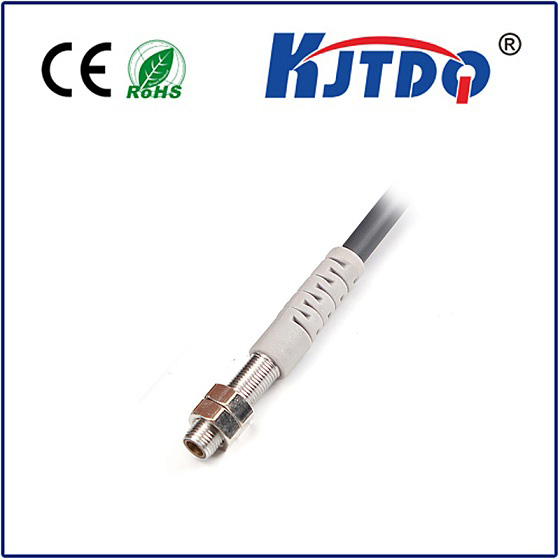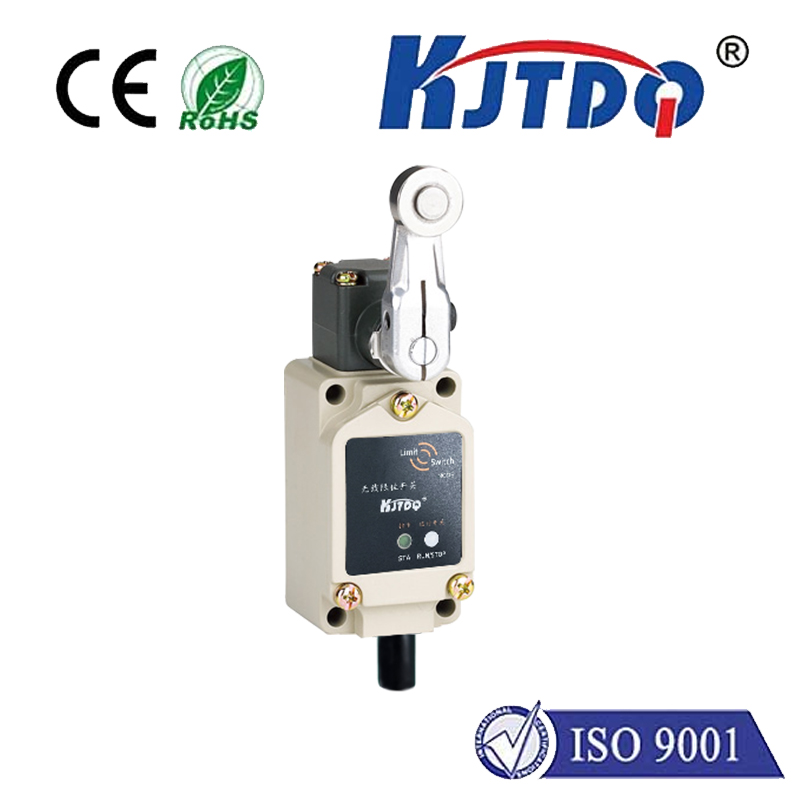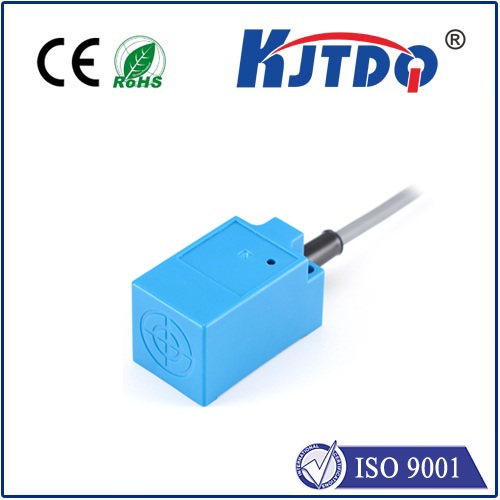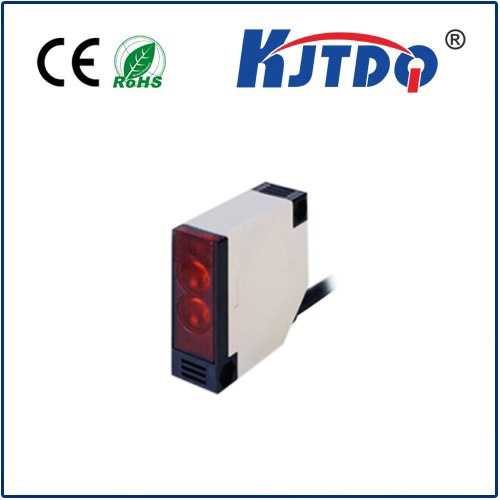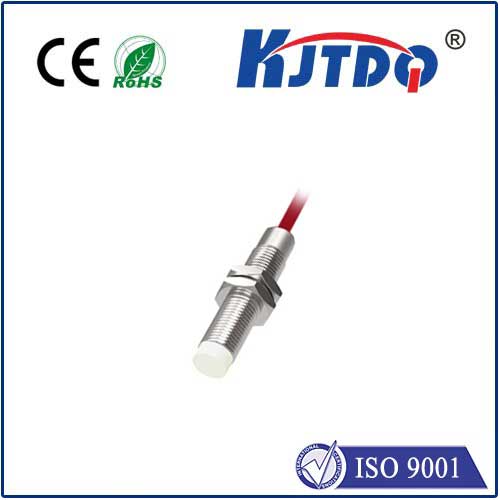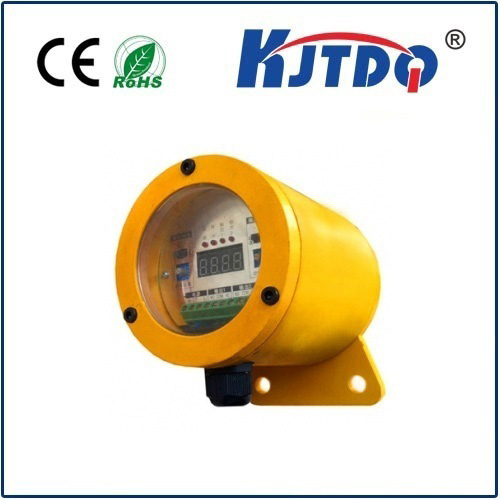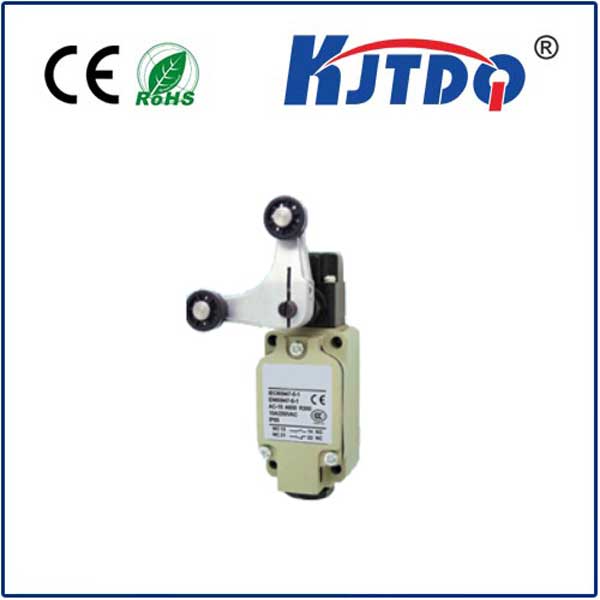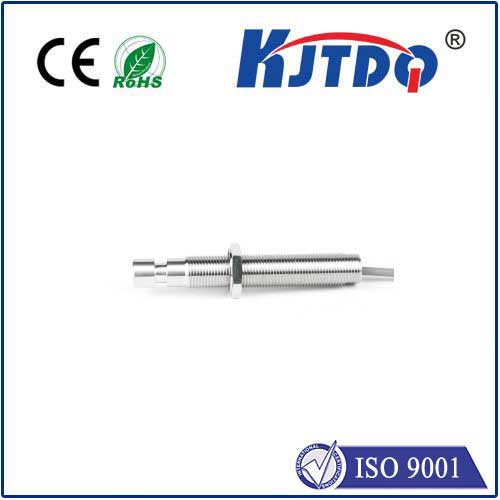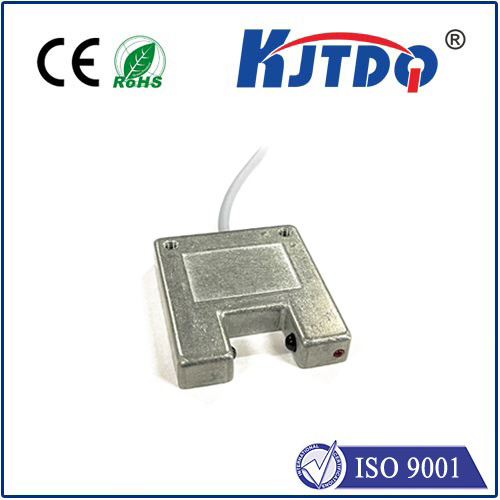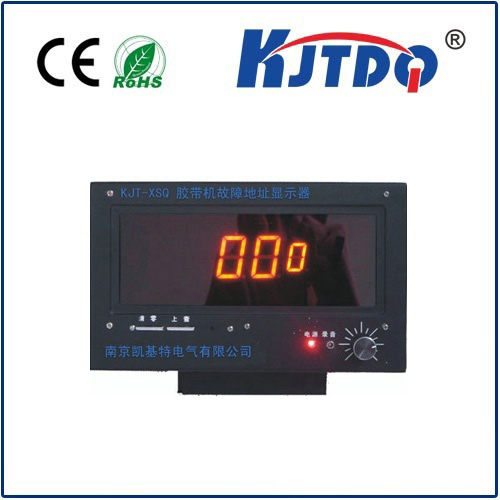inductive type proximity sensor
- time:2024-10-14 15:06:59
- Click:0

Title: Inductive Type Proximity Sensor: An Overview
Introduction
An inductive type proximity sensor is a device that detects the presence of metallic objects without any physical contact. It uses electromagnetic fields to detect changes in the magnetic field caused by the target material’s approach or movement. This type of sensor is widely used in various industries such as automotive, robotics, manufacturing, and many more due to its reliability, durability, and non-contact nature.
How It Works
An inductive type proximity sensor consists of a coil wrapped around a core made of ferrous material. When an alternating current flows through the coil, it generates a magnetic field around the core. If a metal object approaches the sensor, the magnetic field induced in the object interacts with the existing magnetic field of the sensor. This interaction causes a change in the impedance of the coil, which is detected by the electronic circuitry inside the sensor. The sensor then outputs a signal indicating the presence or absence of the target material.
Advantages of Inductive Type Proximity Sensors
- Non-contact detection: Unlike mechanical switches or optical sensors, inductive type proximity sensors do not require physical contact with the target material, making them ideal for applications where contamination or wear and tear are concerns.
- High reliability and durability: Inductive type proximity sensors are immune to dirt, moisture, and other environmental factors that can cause failures in other types of sensors. They have no moving parts, which makes them less likely to malfunction or require maintenance.
- Wide detection range: Inductive type proximity sensors can detect metal objects at distances ranging from a few millimeters to several centimeters, depending on the size and shape of the target material.
- Easy installation and integration: Inductive type proximity sensors are compact and lightweight, making them easy to install and integrate into existing systems. They can be mounted on surfaces or embedded into machinery using standard fasteners or adhesives.
Applications of Inductive Type Proximity Sensors
Inductive type proximity sensors are used in a wide range of applications, including:
- Automotive industry: Inductive type proximity sensors are used in airbag systems, seat belt reminders, door locks, and other safety systems to detect when a driver or passenger is present in the vehicle.
- Robotics: Inductive type proximity sensors are used in robotic arms and grippers to detect when they have picked up an object or when they need to release it.
- Manufacturing: Inductive type proximity sensors are used in conveyor belt systems, packaging machines, and quality control inspections to detect when products are present or missing.
- Security: Inductive type proximity sensors are used in access control systems, intrusion alarms, and perimeter security systems to detect unauthorized entry or movement.
Conclusion
In conclusion, inductive type proximity sensors are versatile and reliable devices that offer numerous benefits over traditional sensing technologies. Their non-contact detection capabilities, high reliability and durability, wide detection range, and ease of installation make them ideal for use in various industries and applications. As technology continues to advance, we can expect to see even more innovative uses for these fascinating sensors in the future.





